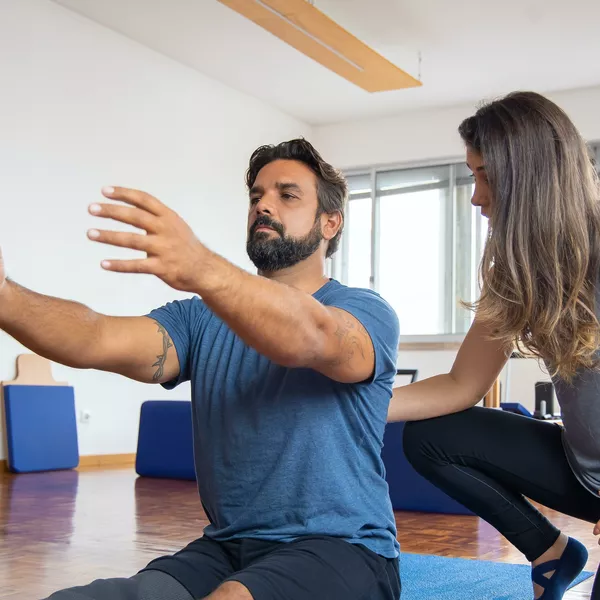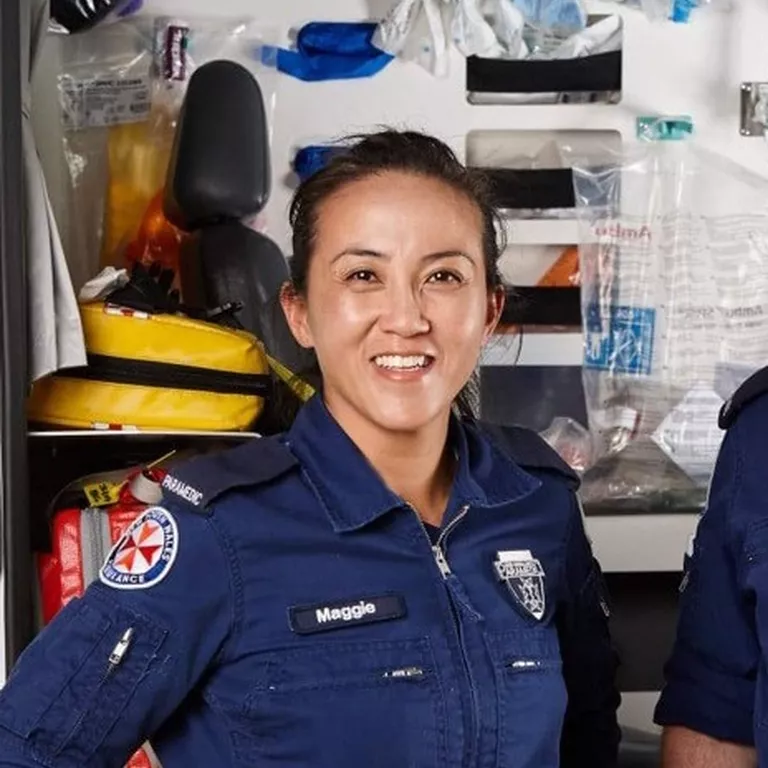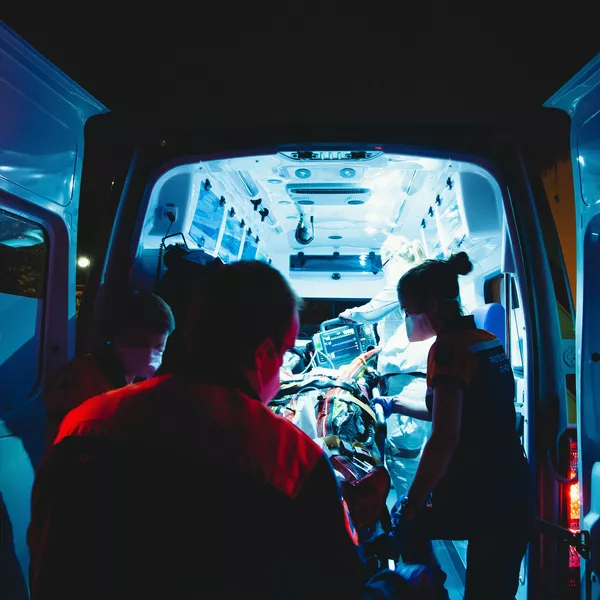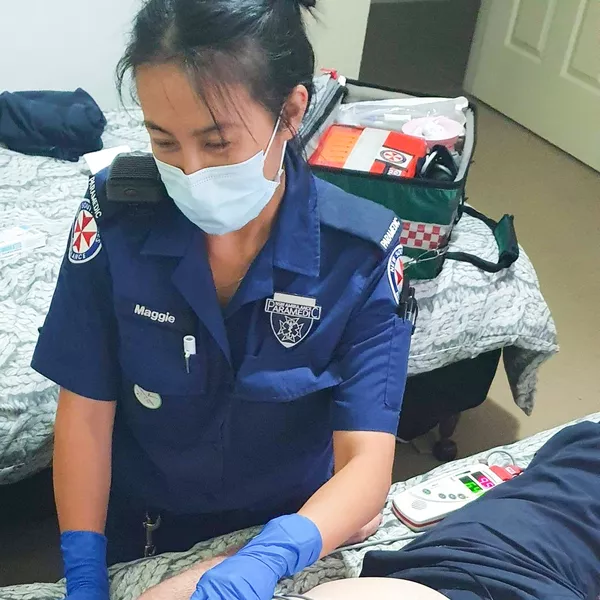If becoming more active is a new concept to you, finding an activity or the motivation to start is the first hurdle, especially when you're also trying to be mindful of your heart. Always start with something that gets your body gently moving, but doesn't put too much stress on your heart and breathing. A good way to gauge this is if you can carry on a conversation while doing the activity.
You may even already be more active than you realise through incidental activity: physical activity that is part of your everyday life. Gardening, housework, vacuuming, playing in the park with your kids or a pet, walking to the shops and so on all count. You can even exercise without leaving the house!
Your doctor might know of community groups that you could join, or you could start doing an activity with family or friends. Some activities you could try are tai chi, pilates, dancing, aqua aerobics, short walks around your neighbourhood, bushwalking, swimming, hydrotherapy, or yoga.
Yoga is an ideal activity because there are so many styles to choose from, from the slower, restorative-style yin classes to the faster, flow, yang classes or something in between. There is also chair yoga and props available for those who are less mobile. With yoga, you can work at your own pace, but it can build overall strength and flexibility, help you with balance, and help you relax in the one session.
You can do yoga in the comfort of your own home as well as in a studio. Some basic poses you can try are: mountain pose (tadasana), downward dog (adho mukha svanasana), cobra (bhujangasana), plank pose (khumbhasana) and tree pose (vrksasana). Hold these for five to 10 breaths, relaxing into them with each exhale. These can all be done with a chair or using a wall to help with balance. As you get better at them, you can link them together and flow with your breath.








